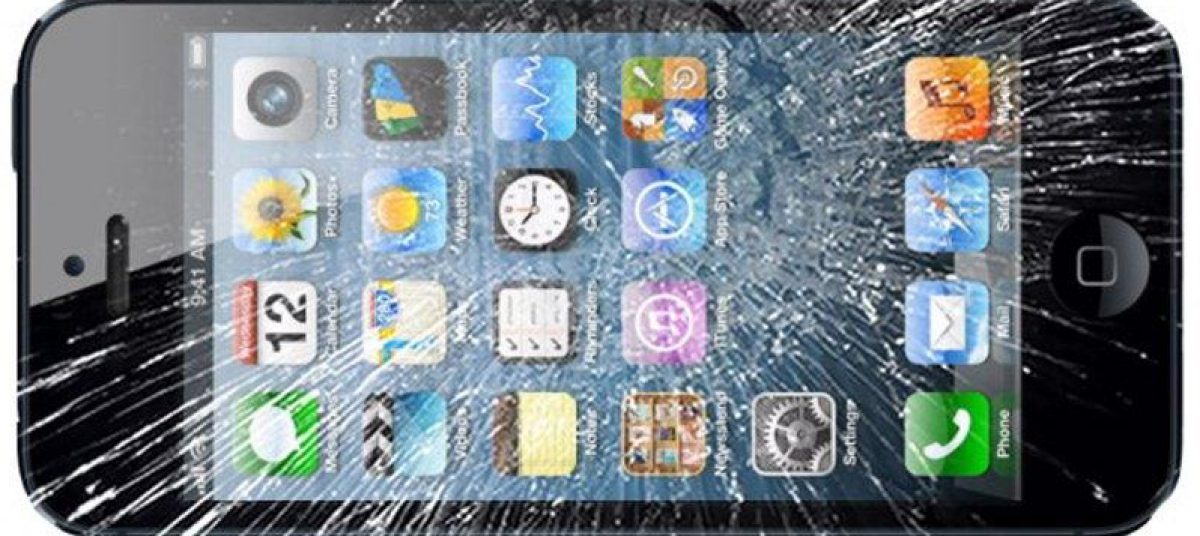Cancer creates cells. Cancer itself is an over reproduction of cells. It’s very nature is to make more cells, so shouldn’t cancer repair our body instead of damage it. Our body self-heals, yet at the same time it can internally implode due to illnesses. We try to repair people that have cancer, and sometimes we fail. It disturbs us when we fail, but it is also disturbing the extent we will go to try to repair people. As a race, we constantly try to attempt to repair or rebuild as much as possible, so isn’t it natural that the thing we cannot fix is ourselves. We can fix ourselves most of the time, but when a disease like cancer strikes, there is no room for repair. Even when a person overcomes cancer, the person isn’t repaired, the cancer is killed. People that get cancer or are affected by it are never truly the same, thus begging the question, when people are damaged in general, do they ever truly recover?
Humans, as a race, possess a desire to repair. We cannot watch as things deteriorate, because when people do, they feel guilty or as if they are not doing their part as a human being. This is a vital piece of the human condition. Other animals don’t feel the urge to repair that we do. This urge is instinctual, and for the most part does us well. It allows us to evolve and progress into the future; it also allows us to stay in touch with the past, and that’s something people crave. We need to feel connected to the future and past because it gives us meaning. There are times, however, that it would be a blessing to not have this urge to repair.
“The story of H. reparans throws into sharp relief how we humans have responded to the fact of being creatures who are inherently limited by the resources at our disposal, who are subject to the ever-present possibility of failure and decay, who sometimes seek continuity with the past, and who face the necessity of deciding whether or not to patch up relationships with our neighbors—in short, it reminds us of some facts about the human condition that perhaps we tend to find disturbing. (138–39)”. Spelman talks about how great repair is, and how humans need it and love it, but at the end of the book she talks about how repair can be disturbing. She talks about humans attempt to repair things at costs, and how we are built to fall apart but do everything we can to keep that from happening. Humans need consistency and need to stay in touch with the past and the future, and continuity allows us to do both. The bright side is evident in our lives, as repair is an instrumental part of the human condition. The dark side however, is evident to me all too well. My uncle was diagnosed with cancer when I was a freshman. I remember the day it happened, my mom’s whole family and everybody that knew my uncle was absolutely devastated. We all wondered why it happened to him because he was the healthiest, most vibrant, outgoing person we ever knew. He lived his whole life pushing the limits, as he was a ski instructor. On top of putting his body in danger for his job, he took part in challenging and activities like mountain biking, and mountain or rock climbing. Due to his adventurous lifestyle, his body was constantly in need of repair. Broken bones and scars never stopped him going out and living, but when cancer hit him, my uncle finally met his match. The cancer progressed rapidly, and my uncle began to deteriorate physically. Repair in this case can be disturbing because my whole family, myself included, at times I think forgot to appreciate the fact that my uncle was still around. We always hoped he would be repaired just like the countless times before, and this is where repair lets us down. There are so many resources we use to fix cancer patients, and none of them could help my uncle. The fact that we were all so accustomed to him being repaired successfully only made this ordeal that much more difficult. The thing is, though, my uncle was at peace throughout this whole situation. He knew he couldn’t be repaired this time and accepted it. Even though he was damaged, my uncle still went out and lived his life as he chose, still biking five thousand vertical feet, or climbing to the top of a mountain and then skiing down it. He didn’t need to be repaired because he overcame the societal belief that damaged objects, or in this case a person, need to be repaired. He instead just lived until his last day came. I think when dealing with true tragedy or adversity, this is the best route people can take, as it allows us to keep living instead of worrying about being fixed. Disturbing it may be, but repair was created by humans, so we have the ability to determine when it is needed, and when to bypass repair in order to remain true to ourselves.
